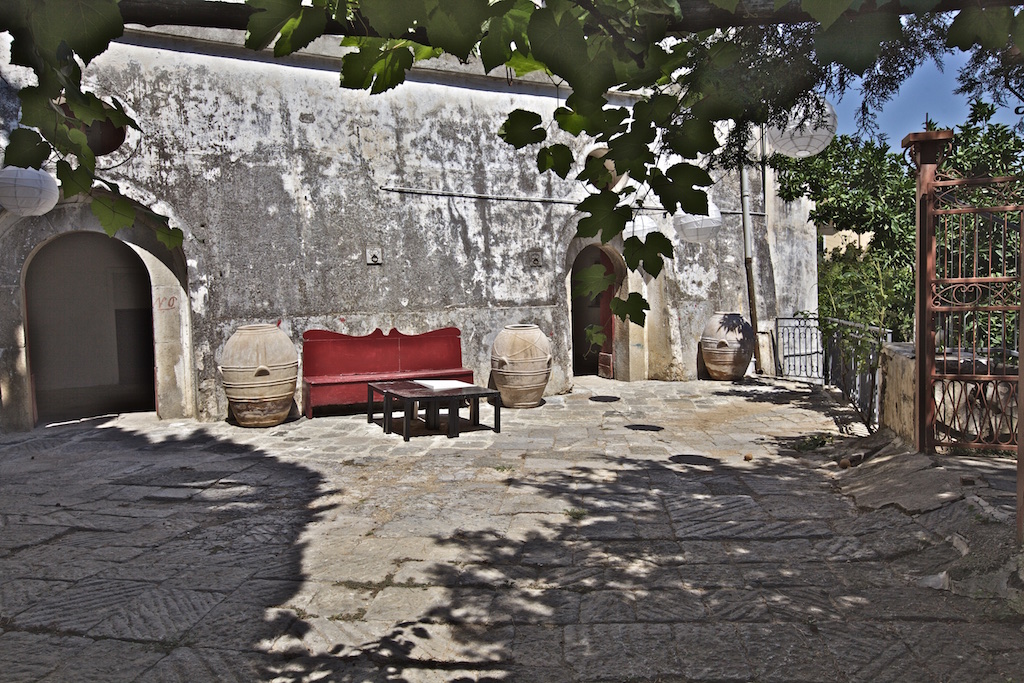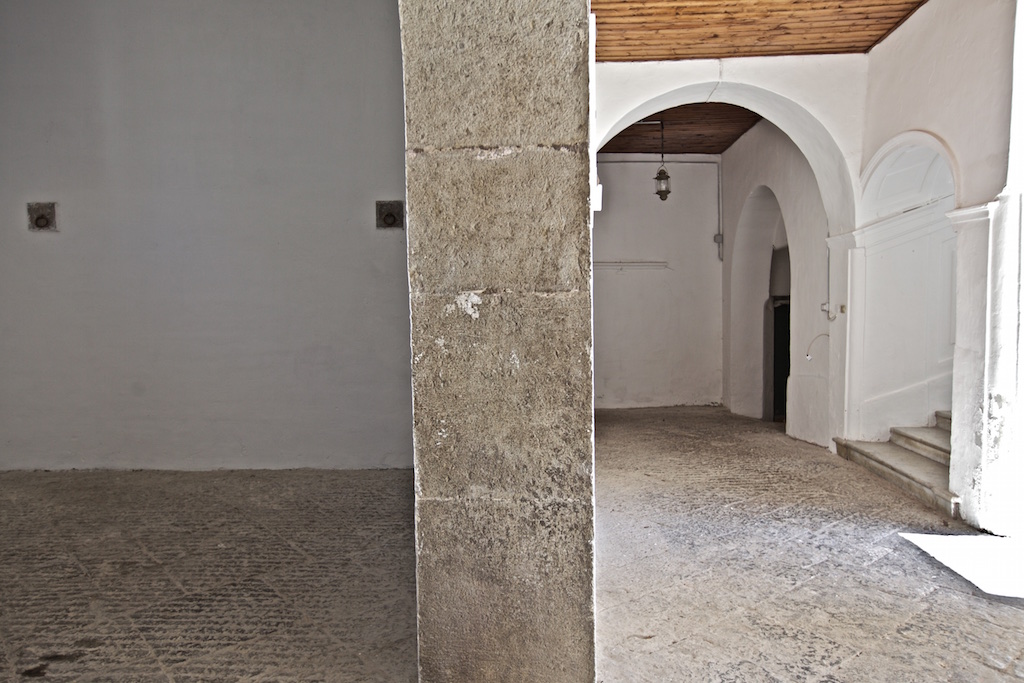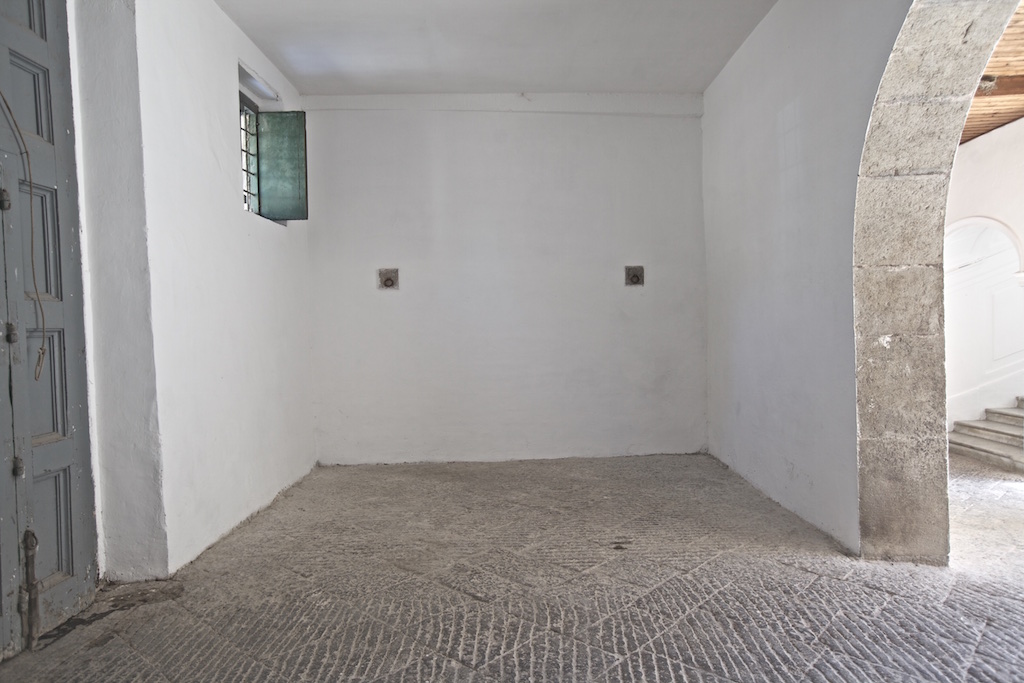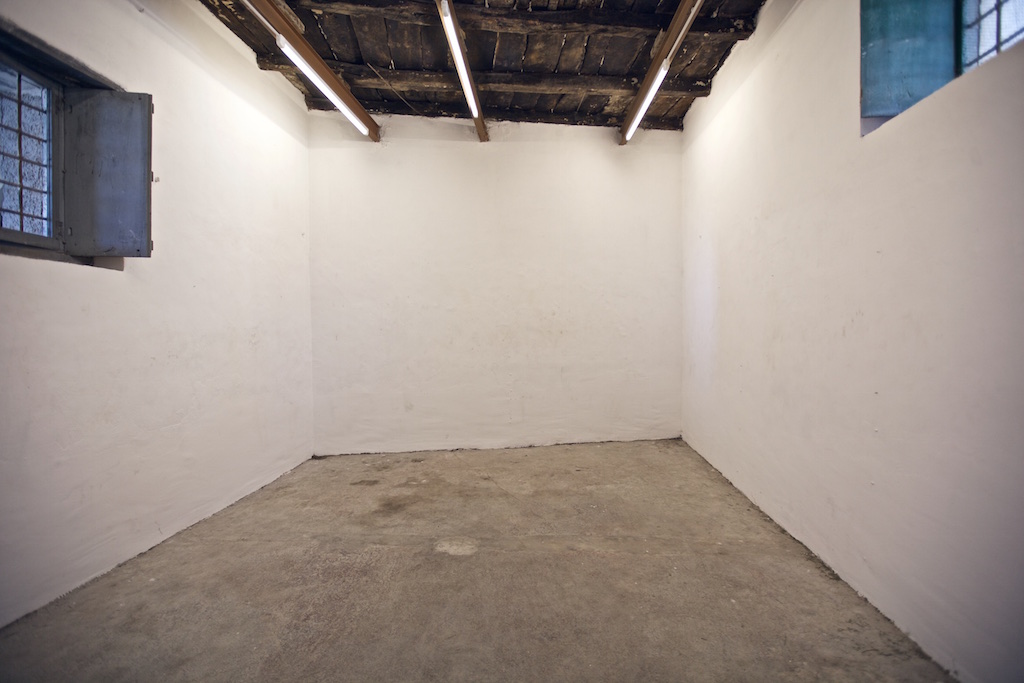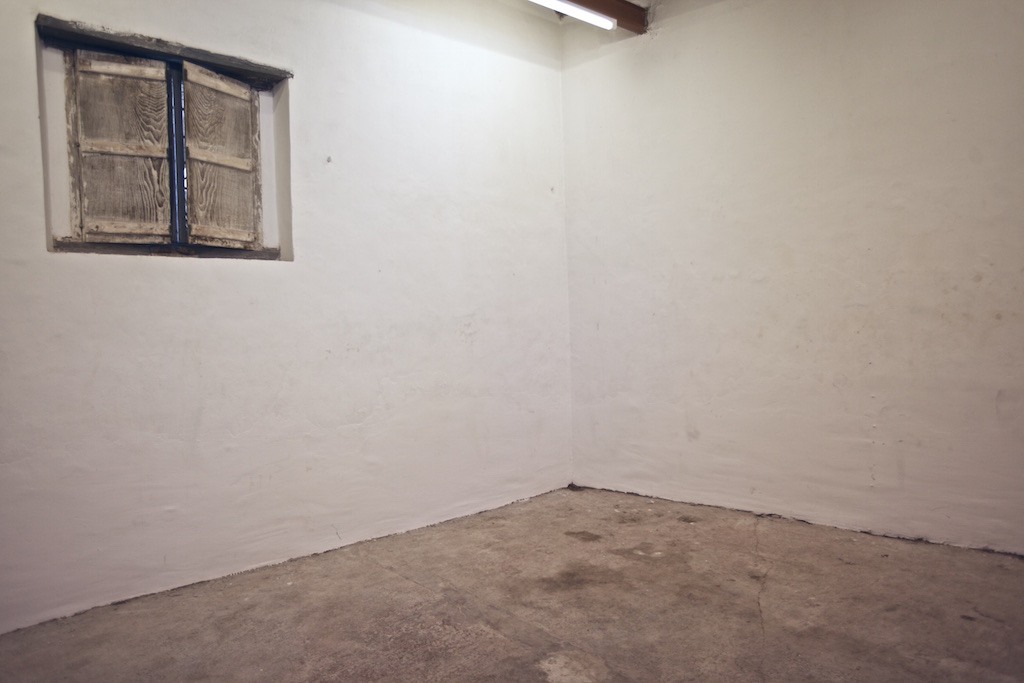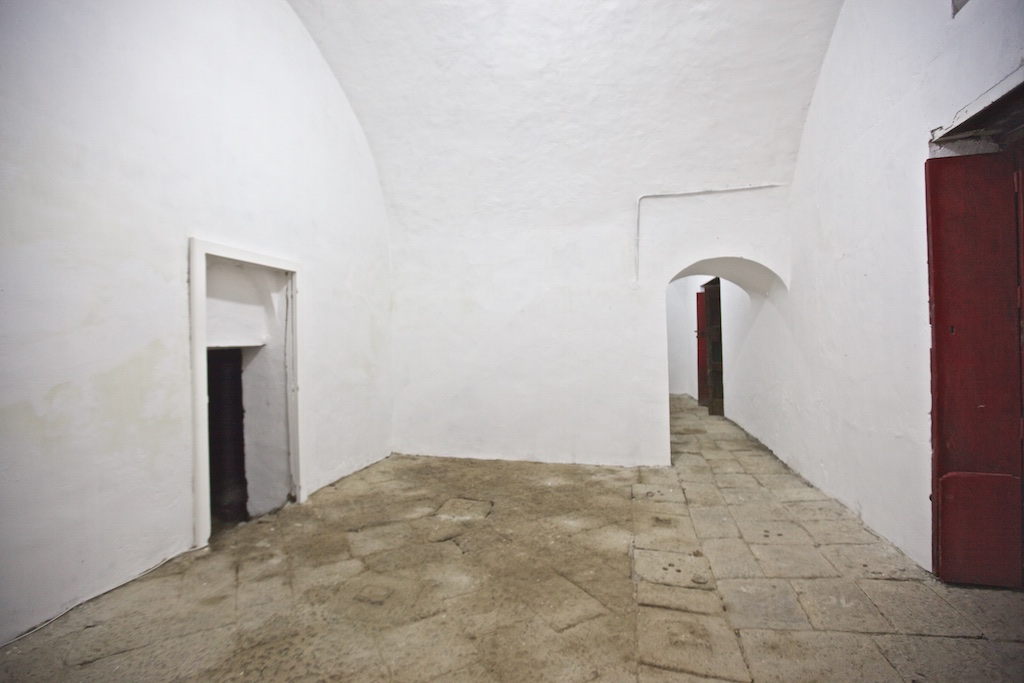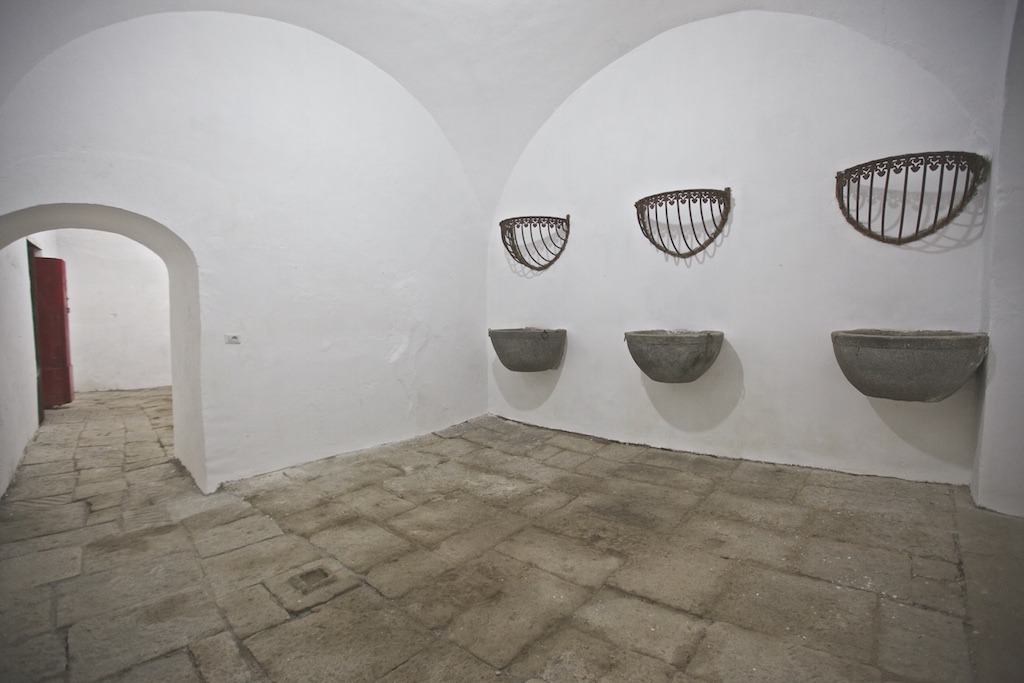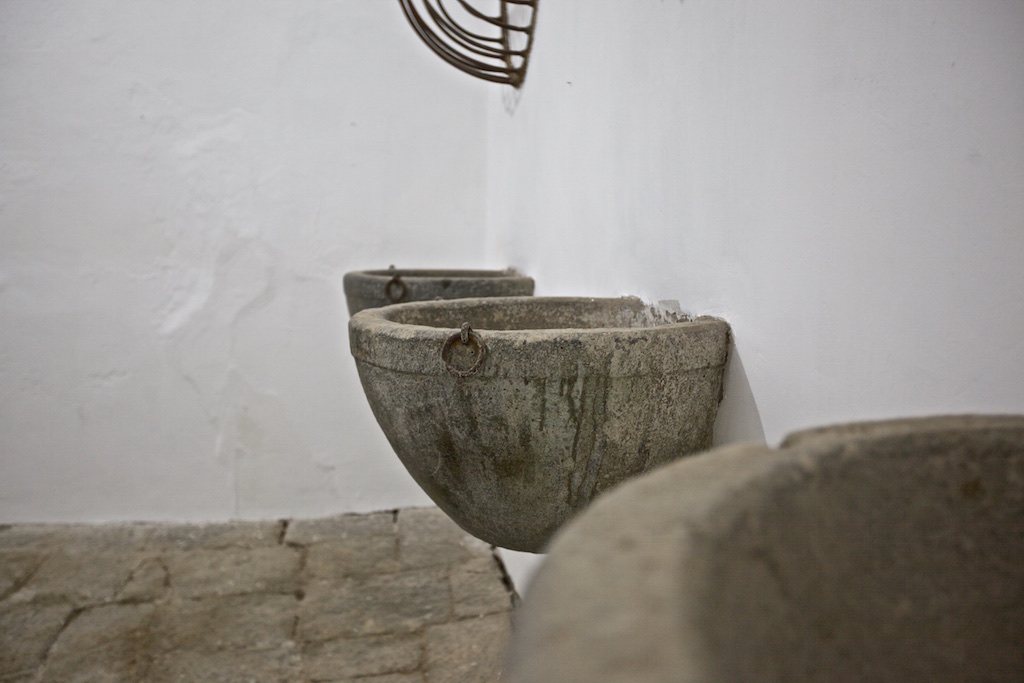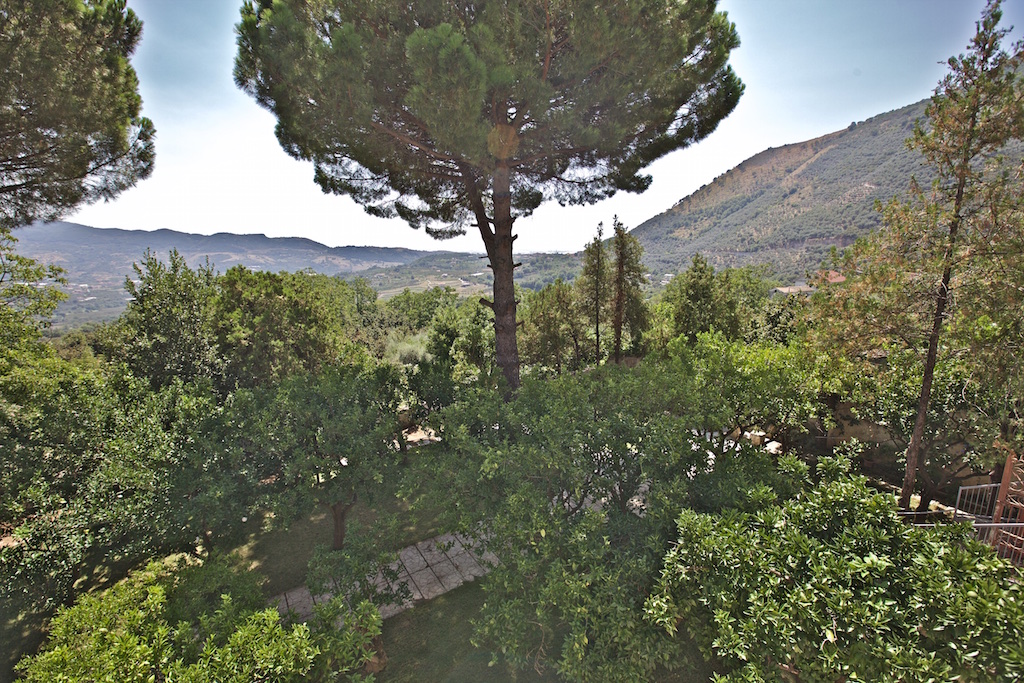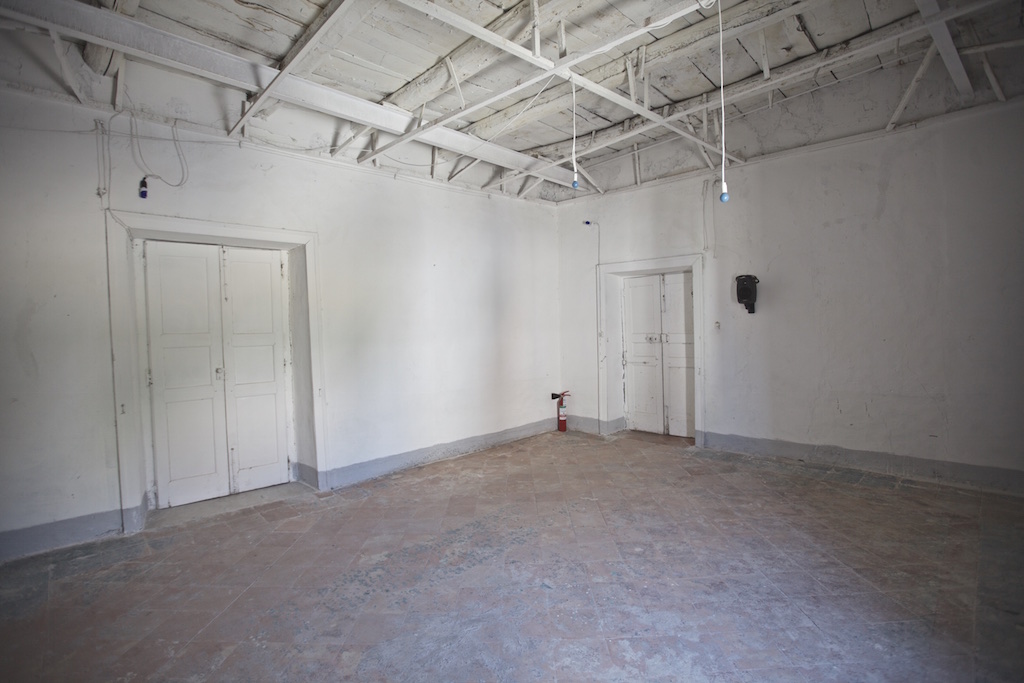The spaces
where you can do (almost) whatever you like
Some history
FAP operates in a building dating from the 17th and the 19th century which has a great historical value.
The Petroni family settled in San Cipriano at the end of the 18th century and they inherited this building from the Mandia family who had a leading role in the wool production.
This family, since the second half of the 19th century, had an active role in the local politics, occupying important positions not only at a local level but also in the national Parliament during the stormy period of the Italian unification. The family showed well-established liberal traditions and had strong connections with important personalities such as Silvio Spaventa and philosopher Benedetto Croce who both spent in this house long periods of their lives.
The building is linked up with medieval houses by the northwestern side showing two different architectural and structural aspects.
As the ground floor in the medieval side was devoted to the wool manufacturing, the Mandia family was in need of a new working space and that's when, later, the adjoining house was built.
The court is L-shaped. It is sloping and it has preserved its original paving and a row of cypresses divides it in two.
On the south side there is a gate which leads to the garden, below the court level. Originally, in this court people used to cultivate vegetables, but today there is a citrus orchard. There are also ornamental plants (pines, thujas, cypresses).
On the ground floor there is a stable with its original mangers made of stone and wrought iron, its sett paving, very thick bearing walls, a room for the draught-horses, animals of great help for moving the oil mills grindstone. Then, a thank room with its well and the oils depository and jars dated back to 1836.
The FAP project begins from this place which creates a sort of magical short circuit: the contact between the contemporaneity and the historical memory bound to the house and to the landscape.
The building ,uninhabited for over thirty years, has had a temporal arrest . We want it to take on a new identity through an innovative perception of the places, the nature, the people, the way of making art.
Today here we are. Full of memory and ready to make the time start again. We're weaving a net made of human relationships. We're opening the door to the construction of new traces and representations.



